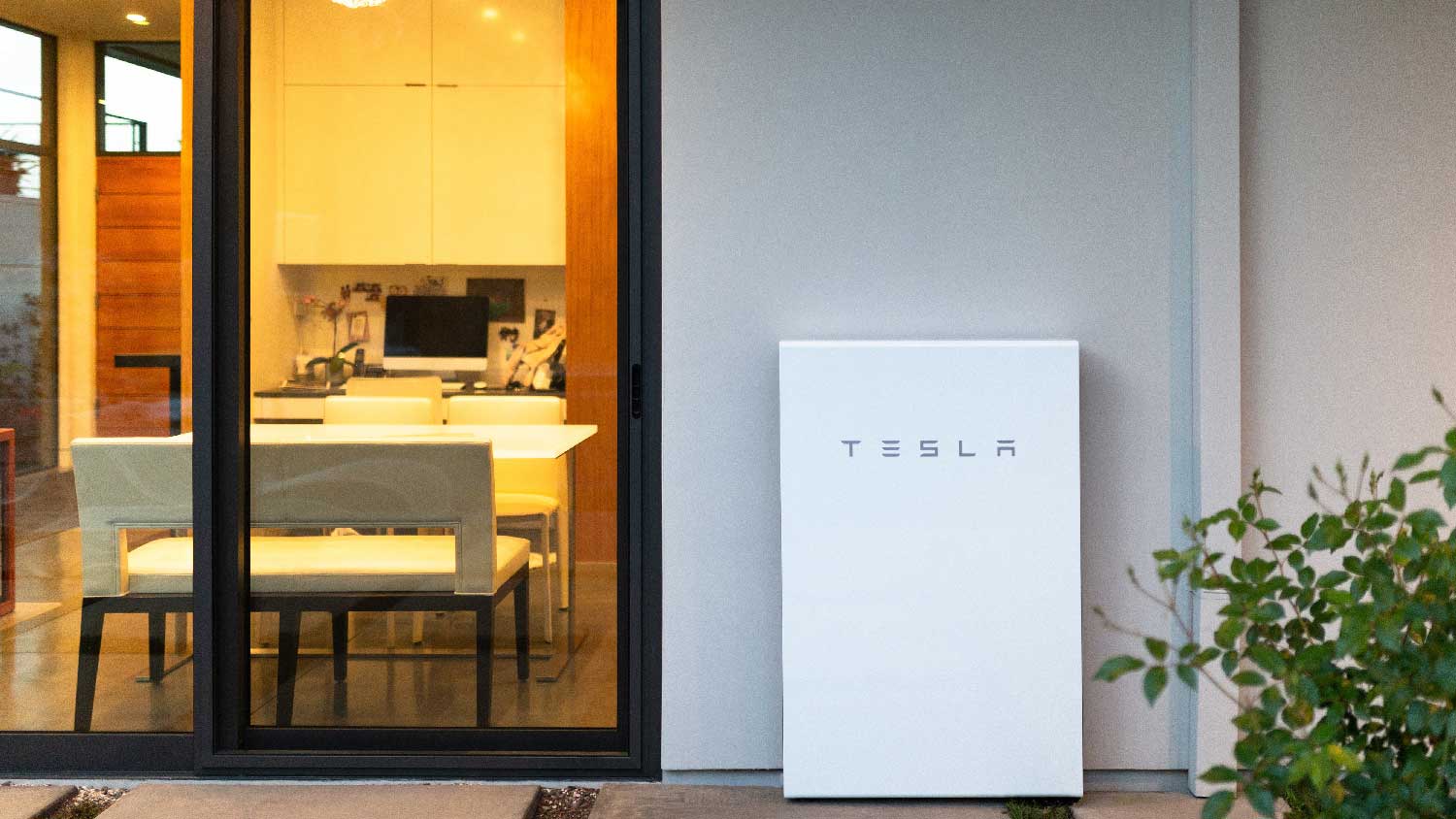
Discover the Tesla Powerwall installation cost, including average prices, cost factors, and tips to help homeowners budget and save on their Powerwall project.
Installing solar panels in Columbus, Ohio, averages $31,284, though it ranges between $21,957 and $42,166 based on system size, panel type, wattage, and more. A solar panel installer can assess your roof and install your system.
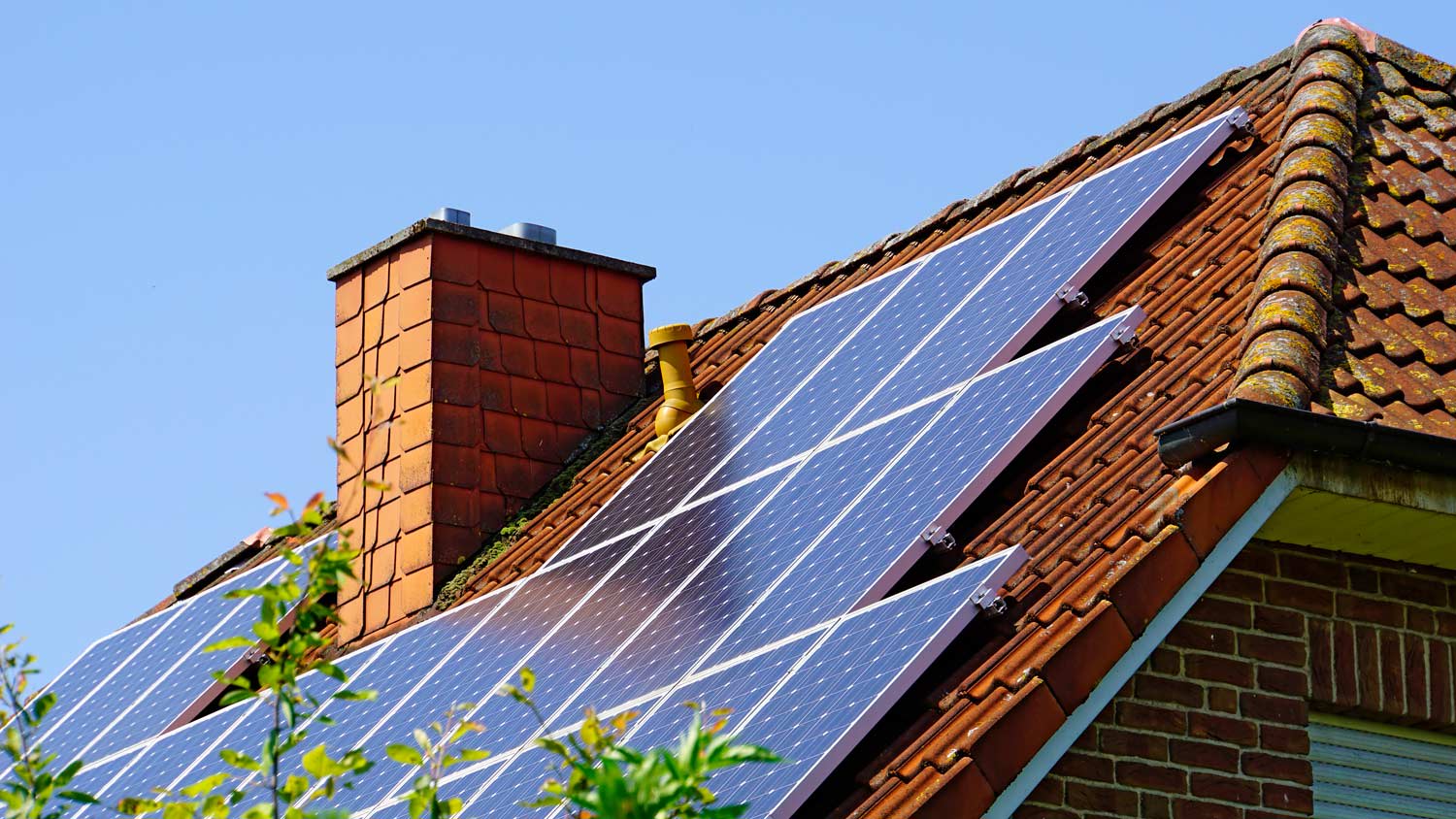

Monocrystalline solar panels are the most efficient option during cloudy days and cold winters in Columbus, but they’re the most costly.
Solar programs and incentives include the Switch Together Program, net metering, and sales tax exemption.
Your Columbus home's value increases by 4.1% when you install solar panels.
Solar energy has become increasingly more popular in Columbus, so you may be considering going with renewable energy. Although the area has a lower-than-average cost of living, the cost of solar panels is 14% higher than the national average. Solar panel installation costs in Columbus average $31,284, with a range between $21,957 and $42,166. The actual cost of your project will depend on key factors like your home’s size and the type of panel. Find out how much you should budget based on your needs.
Keeping these main factors in mind will help you estimate your panel installation costs in Columbus, Ohio.
The size of the solar system will impact your solar panel installation costs. The larger the output, the more you’ll pay. Most homes need 6- to 10-kW (kilowatt) systems, which work out to anywhere from 15 to 34 panels, depending on the wattage.
The table below shows average costs based on the size of your solar system:
| Solar System Size (kW) | Average Cost |
|---|---|
| 5 | $14,250–$19,950 |
| 6 | $17,100–$23,950 |
| 7 | $19,950–$27,925 |
| 8 | $20,075–$31,925 |
| 9 | $25,650–$35,900 |
| 10 | $28,500–$39,900 |
| 11 | $31,350–$43,900 |
| 12 | $34,200–$47,875 |
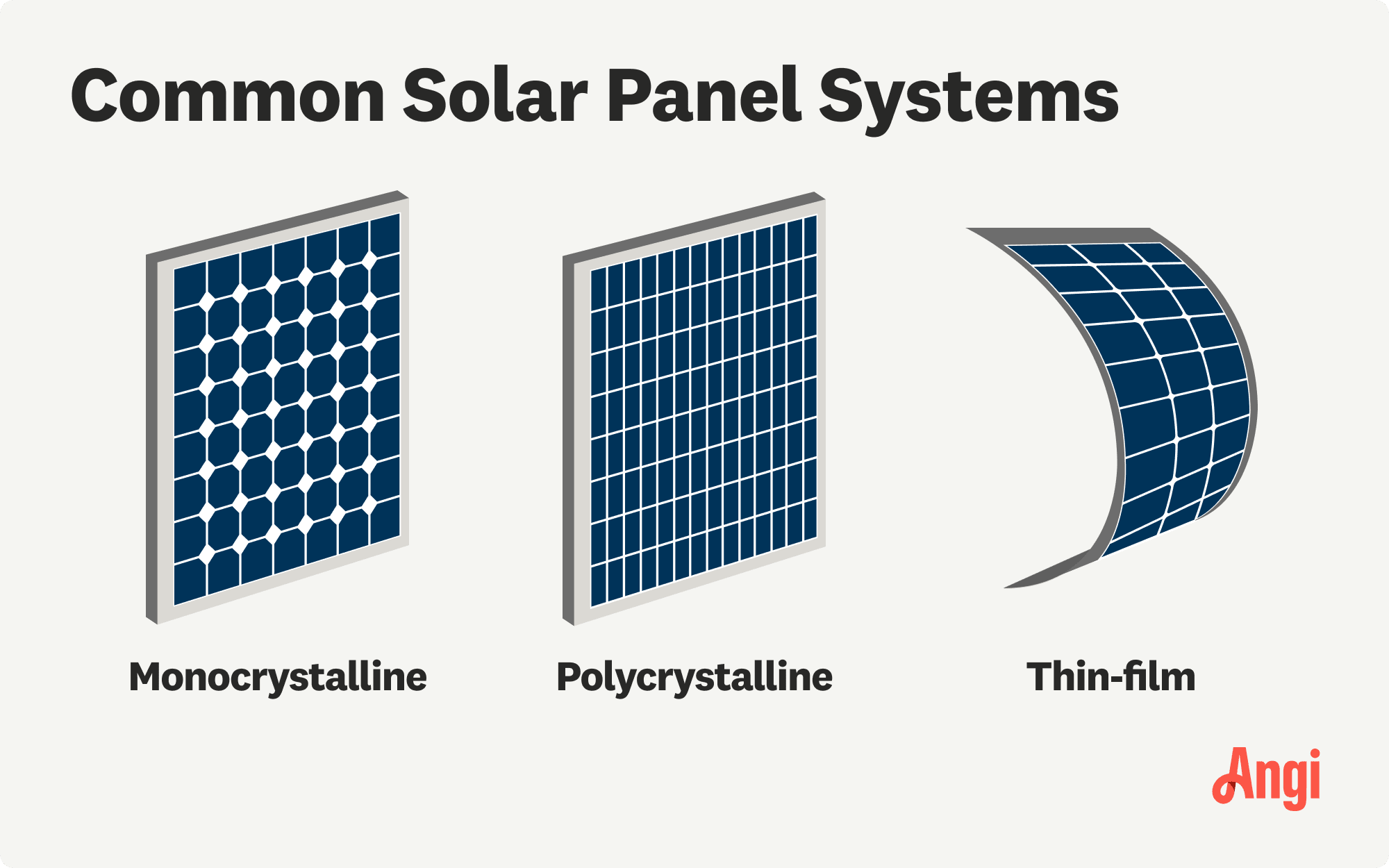
When choosing the type of solar panel that works best for your home, consider three main factors: efficiency, life expectancy, and design. In Columbus, average summer temperatures don’t exceed 85 degrees Fahrenheit, and winter temperatures dip into the 20s with few snowy days. This means that all three panel types are possible to use in the area, although monocrystalline offers better efficiency and output.
Here’s how the type of solar panel can affect your cost:
| Type of Solar Panel | Average Cost per Watt | Lifespan (Years) | Pros | Cons |
|---|---|---|---|---|
| Monocrystalline | $1–$1.50 | 40 | Efficient in cloudy weather | Highest cost |
| Polycrystalline | $0.90–$1 | 25–30 | Mid-range pricing | Doesn’t work as well in low-light conditions |
| Thin film | $0.70–$1 | 10–20 | Works well in cloudy weather | Short lifespan, requires the most space |
On average, most homes need anywhere from 20 to 25 panels to fully power a home, but this can range from as few as 15 to as many as 34. How many solar panels you need depends on the number of watts per panel, your energy consumption, and the efficiency of your panels. Your average solar panel will have an output of anywhere from 250 to 400 watts. The dimensions of your solar panels will also depend on the power output.
The more advanced the technology and system hardware, the higher the up-front cost. The type of mount will affect the cost as well:
Fixed mounts: $10–$15 per mount
Adjustable mounts: $50 per mount
Tracking: $500–$3,000 or more per mount (these mounts can self-track sunlight, leading to up to 45% more energy production)
Other materials you will need for a solar energy system include the parts in the table below.
| Hardware | Average Cost |
|---|---|
| String inverter | $1,000–$3,000 each |
| Microinverters | $150–$300 each |
| Power optimizer | $80–$150 each |
| Solar battery | $400–$15,000 |
Inverter and microinverters: Convert direct current (DC) electricity to alternating current (AC) electricity
Optimizer: Regulates currents so each panel is more energy efficient and prevents power loss
Battery: Stores excess energy from the system so homeowners can use it at night or during a power outage
Some systems use a single solar inverter or several microinverters that convert DC to AC electricity. Materials like the wiring and battery are often grouped with the package price unless you opt for add-on services.
Hiring an experienced pro to install your solar panels is key to making the most of this exciting new home addition. Budget $0.50 per watt for labor when you hire a solar panel installer in Columbus, Ohio. This number doesn’t include permits or the cost of additional technology, such as special mounts, tiles, or shingles.
Solar panel installation does require electrical work. Though many solar panel installation companies have a licensed electrician on staff who specializes in solar panels, roofing contractors sometimes subcontract an electrician. The average cost of hiring an electrician is $60 to $120 per hour.
Your solar contractor will submit the necessary permit applications for your project in Columbus, including those for building and electrical. They’ll also hire an architect or engineer to design the solar system as part of the permit application.
Solar panel installation saves money on electricity costs, but solar panels also increase home value. The project has an impressive return on investment (ROI) of 35%. With residential solar systems becoming more common in Ohio, keep in mind that homebuyers may prefer to purchase a home with a well-maintained solar panel system that isn’t nearing the end of its lifespan.
Once your solar panels are paid off, they're officially your property. If you move, you can reinstall them on a new rooftop. Alternatively, they can increase the value of your home by 3% to 4% and attract more buyers. They can also give your property a competitive edge in a buyers’ market.
The best way to save money on the up-front costs of installing solar panels is to take advantage of the Solar Investment Tax Credit (ITC) before it ends on December 31, 2025. The ITC allows homeowners to claim a federal tax credit equal to 30% of the price of their solar panel system installation.
For example, if your solar panel system costs $30,000 before the federal tax credit, you can save around $9,000. However, to benefit from this credit, your solar system has to be installed and working before the federal incentive ends.
The ITC, also known as the Residential Clean Energy Credit, was originally extended through 2032 as part of the Inflation Reduction Act. However, new federal legislation (the Big Beautiful Bill Act) signed into law on July 4, 2025, terminated the credit early. The Solar Energy Industries Association® (SEIA) outlines the high-level policy changes and restrictions on energy tax credits.
Additionally, the extra power you choose not to store in a battery can be sent back to the grid. Your local utility company will compensate you for that power, but the amount will vary. You can check the Utility Rate Database on Open EI to estimate how much you can expect to receive for generating excess energy.
There are state programs that help qualifying Columbus residents with their solar installations. The Switch Together Program offers better rates by organizing groups of residents who want solar. The installers make competitive bids on the project as a whole, which in turn helps you get competitive pricing. The program also provides discounts for battery storage.
Moreover, the state of Ohio also offers a sales tax exemption on solar projects, so you don’t have to pay sales tax on qualified panels and equipment. Property tax exemptions vary, so check the local incentives.
Once you have your panels and they start generating electricity, you earn solar renewable energy credits, also known as SRECs. These are certificates that you can sell to your electric company.
Additionally, you can sign up for net metering to earn credits toward future energy bills. You sell the excess electricity you generate to the electric company, and they credit you based on a set price that depends on your utility company.
Home is the most important place on earth, which is why Angi has helped more than 150 million homeowners transform their houses into homes they adore. To help homeowners with their next project, Angi provides readers with the most accurate cost data and upholds strict editorial standards. We survey real Angi customers about their project costs to develop the pricing data you see, so you can make the best decisions for you and your home. We pair this data with research from reputable sources, including the U.S. Bureau of Labor Statistics, academic journals, market studies, and interviews with industry experts—all to ensure our prices reflect real-world projects.
Want to help us improve our cost data? Send us a recent project quote to [email protected]. Quotes and personal information will not be shared publicly.
From average costs to expert advice, get all the answers you need to get your job done.

Discover the Tesla Powerwall installation cost, including average prices, cost factors, and tips to help homeowners budget and save on their Powerwall project.
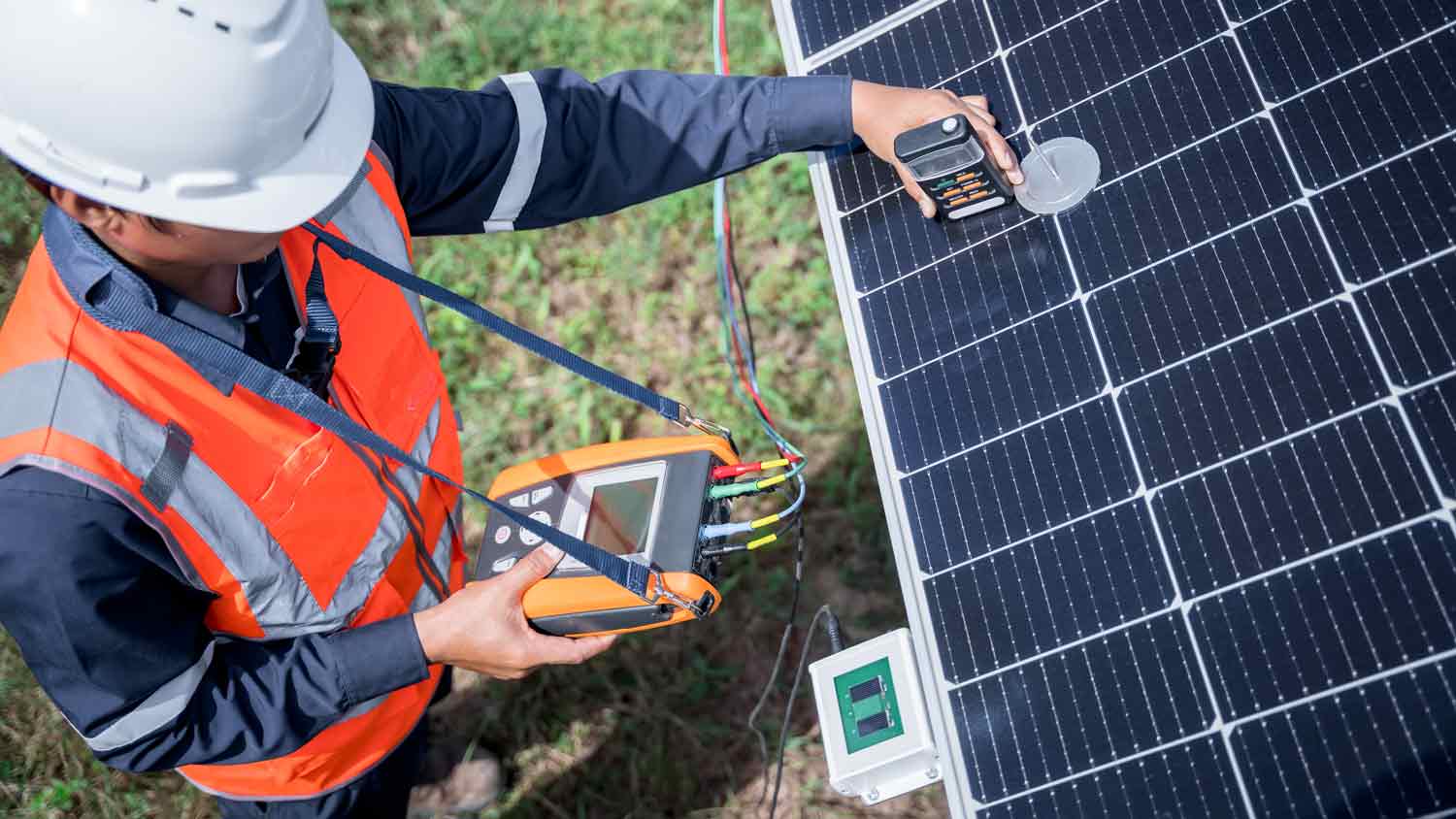
Discover the average solar panel inspection cost, what impacts pricing, and how to save. Get expert tips to keep your solar system efficient and safe.

Get a clear estimate for solar water heater repair cost. Learn what impacts pricing and how to budget for your solar water heater repair.
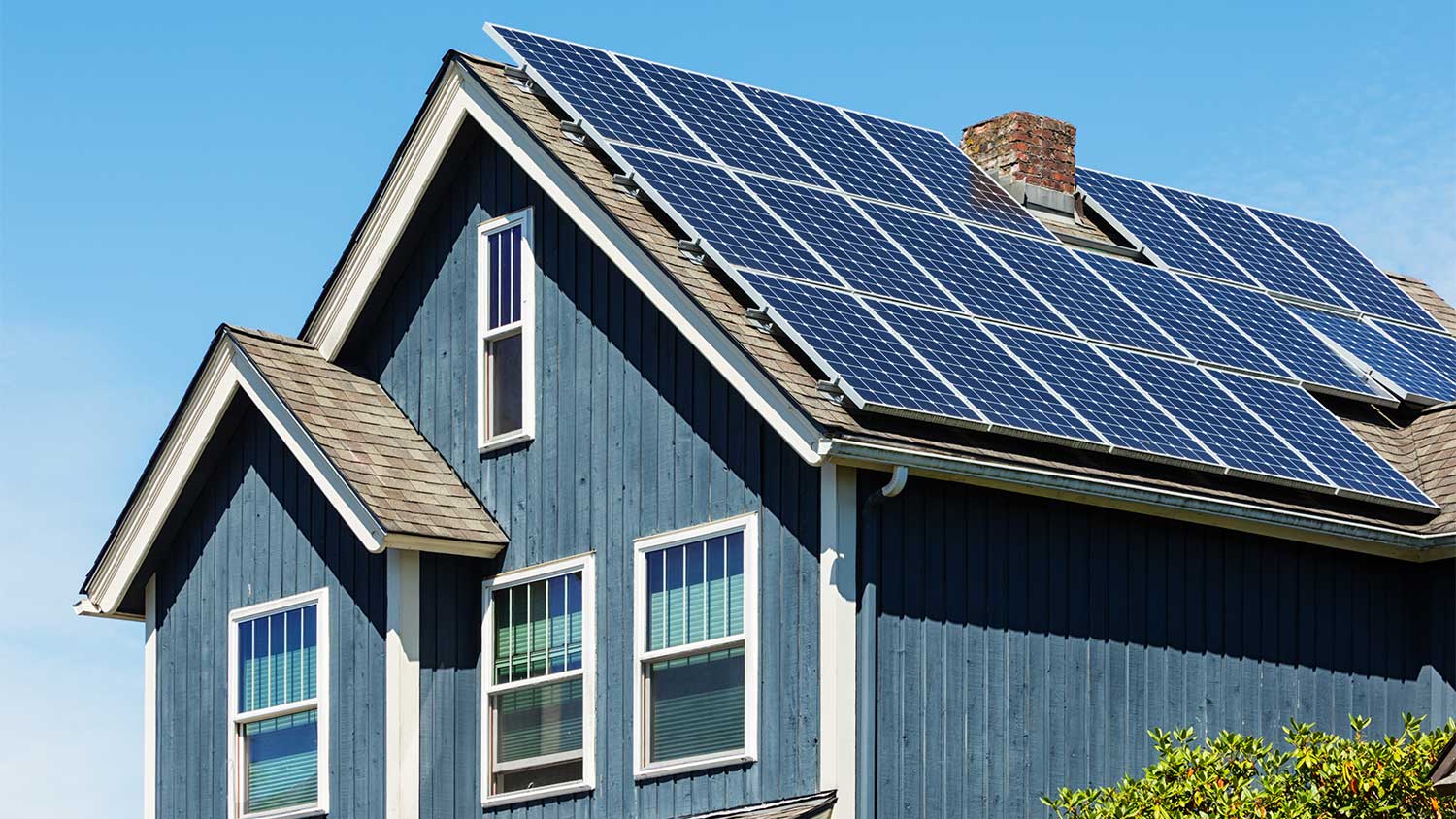
Adding solar panels to your home increases its value. Learn about lifetime value appreciation and energy savings solar panels bring to the average home.

A solar panel system is a great way to lower energy bills, but it can be expensive to install. Here's what to know about solar panel finance options.

Are you wondering why your solar panels aren’t working? Here are the reasons why your solar panel system isn’t providing power like it should.